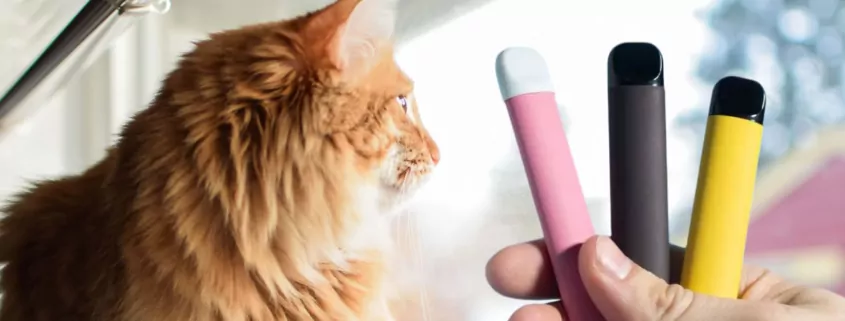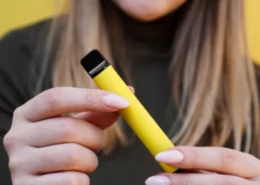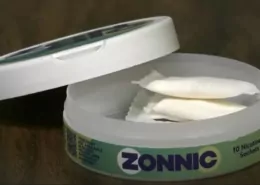Vaping Around Your Cat: Is It Safe or Putting Your Pet at Risk?
As vaping continues to be a popular alternative to traditional smoking for many people, a common question arises for pet parents: Is it actually safe to vape around our furry companions, especially cats? We know the dangers of secondhand cigarette smoke for pets are well-documented, but the picture with vape aerosol can seem a bit… hazier. If you’re a cat owner who vapes, you naturally want to ensure your habit isn’t harming your beloved feline friend.
Let’s clear the air. While vaping eliminates the combustion products found in cigarette smoke, it’s not entirely without potential risks for pets. From the chemicals in the aerosol to the dangers of accidental ingestion, understanding the potential impacts is crucial for responsible pet ownership. This post will explore what we currently know about vaping around cats, drawing on scientific understanding, veterinary advice, and practical considerations.
First Things First: What Exactly is in Vape Aerosol?
Before diving into the risks, let’s quickly recap what vaping involves. E-cigarettes work by heating an e-liquid (or vape juice) to create an aerosol (often called vapor) that is inhaled. This e-liquid typically contains several key ingredients:
- Propylene Glycol (PG) and Vegetable Glycerin (VG): These are common base liquids that create the visible aerosol cloud. They are generally recognized as safe for human ingestion and are found in many consumer products.
- Nicotine: Most, but not all, e-liquids contain nicotine, the addictive stimulant derived from tobacco. Concentrations can vary widely.
- Flavorings: A vast array of food-grade flavorings are used to create different tastes, from fruits and desserts to menthol and tobacco blends.
- Other Additives: Depending on the specific product, other chemicals might be present in smaller amounts.
It’s the presence and concentration of these substances, particularly nicotine and PG, along with the potential effects of inhaling the aerosol itself, that raise questions about safety for cats.
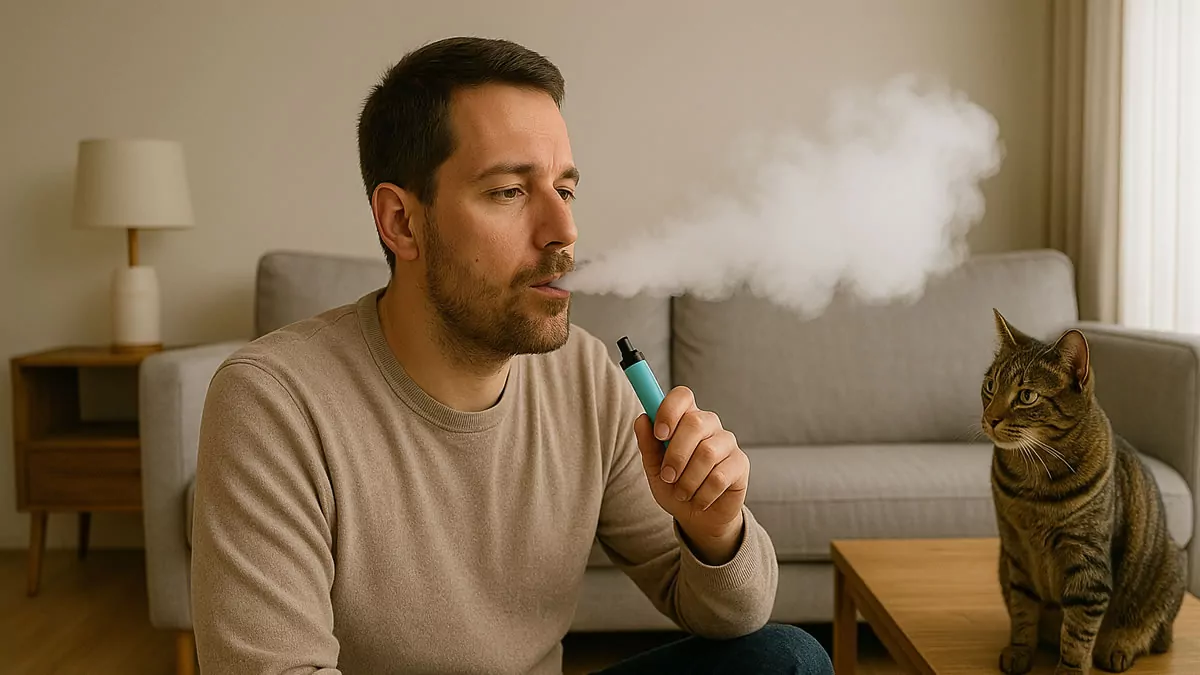
The Biggest Danger: Accidental Ingestion of E-Liquids
While concerns often focus on inhaled vapor, veterinary experts and poison control centers agree that the most significant and immediate danger to cats from vaping products is the accidental ingestion of e-liquid. (Pet Poison Helpline)
Nicotine Toxicity: A Serious Threat
Nicotine is highly toxic to cats, much more so than to humans or even dogs, due to their smaller size and different metabolism. Even small amounts of concentrated e-liquid can cause severe poisoning. Sources suggest toxic effects can occur at doses as low as 1 mg per kg of body weight, with lethal doses estimated around 9-12 mg/kg. Considering that e-liquids can contain anywhere from 3mg/ml to over 50mg/ml of nicotine, a few licks from a spill or chewing on a leaky cartridge can quickly lead to a medical emergency.
Signs of nicotine poisoning in cats can appear rapidly (15-60 mins) and include:
- Vomiting and/or diarrhea
- Excessive drooling
- Agitation, restlessness, or hyperactivity
- Increased heart rate and breathing rate
- Tremors or muscle twitching
- Incoordination (ataxia)
- Lethargy or collapse
- Seizures
If you suspect your cat has ingested e-liquid or any part of a vape device, it is a critical emergency. Contact your veterinarian or an animal poison control center immediately. (ASPCA Animal Poison Control)
Propylene Glycol (PG): A Specific Risk for Cats
Beyond nicotine, Propylene Glycol (PG), a common e-liquid base, poses a unique threat to cats. Unlike dogs or humans, cats are particularly sensitive to PG. Ingesting sufficient amounts can lead to a serious condition called Heinz body anemia. This occurs when PG damages hemoglobin within red blood cells, reducing their ability to carry oxygen effectively. While historically used in some pet foods (a practice now largely discontinued due to this risk), the concentration in spilled e-liquid could be harmful if ingested by a curious cat. (VCA Animal Hospitals)
Physical Hazards: Devices and Batteries
Don’t forget the device itself! Curious cats might chew on vape pens, pods, or cartridges. Swallowing plastic parts can cause gastrointestinal blockages. Furthermore, the lithium-ion batteries inside pose a severe risk if punctured or swallowed, potentially causing chemical burns or electrical injury. (AVMA Household Hazards)

What About Secondhand Vape Aerosol?
While ingestion poses the most acute danger, what about the aerosol your cat might inhale when you vape nearby? Often perceived as just “water vapor,” vape aerosol actually contains fine and ultrafine particles, nicotine (if used), PG, VG, flavorings, and traces of other chemicals. (Truth Initiative)
Compared to the complex cocktail of over 7,000 chemicals in secondhand cigarette smoke (many known carcinogens), vape aerosol is significantly less toxic. However, “less toxic” doesn’t mean entirely benign, especially for pets.
Cats have smaller lungs and more sensitive respiratory systems than humans. Inhaling the particulate matter and chemicals in vape aerosol could potentially cause irritation, leading to symptoms like coughing, wheezing, or triggering asthma-like responses in susceptible individuals. While direct research on cats is limited, studies in mice exposed to e-cigarette aerosol have shown evidence of airway inflammation and potential disruption of the protective lining of the respiratory tract (Example study). Veterinary organizations generally advise caution, recommending good ventilation and avoiding vaping directly around pets. (American Lung Association)
Thirdhand Vape: The Lingering Residue
There’s also the concept of “thirdhand” exposure. This refers to the chemical residue left behind on surfaces after vaping occurs. Vape aerosol can settle on furniture, carpets, clothing, and, importantly, your cat’s fur. (Thirdhand Smoke Resource Center)
Cats are meticulous groomers, spending a significant amount of time licking their coats. This behavior means they can easily ingest any residue that has settled on their fur. While the amount ingested might be small compared to drinking spilled e-liquid, chronic exposure to nicotine and other chemicals through grooming is a potential long-term concern. Studies on thirdhand smoke have linked it to increased cancer risks in cats (like lymphoma and oral cancers). While thirdhand vape research is newer, the potential for similar, albeit likely lower-level, risks from persistent chemical residue exists.
Veterinary Consensus and Practical Advice
Given the known toxicity of nicotine and PG upon ingestion, and the potential (though less definitively proven) risks from aerosol inhalation and thirdhand residue, the overwhelming consensus among veterinarians is to exercise caution. (MSPCA-Angell)
So, what can you do as a responsible cat owner who vapes?
- SECURE STORAGE IS PARAMOUNT: Treat e-liquids and devices like dangerous medications. Store them in sealed containers, high up or in locked cabinets completely inaccessible to your cat. Never leave them lying around.
- Vape Away From Your Cat: Ideally, vape outdoors. If vaping indoors, choose a room your cat doesn’t frequent and ensure excellent ventilation (open windows, use fans). Never vape directly near your cat or blow aerosol towards them.
- Handle Liquids with Extreme Care: Refill devices carefully over a sink or protected surface to prevent spills. Clean up any spills immediately and thoroughly using soap and water, ensuring your cat is kept away from the area during cleanup.
- Dispose of Products Safely: Used cartridges and disposable vapes can still contain residual nicotine. Dispose of them in a secure trash bin with a lid that your cat cannot access.
- Wash Your Hands: After vaping or handling e-liquids/devices, wash your hands thoroughly before petting or playing with your cat to avoid transferring residue to their fur.
- Clean Regularly: Wipe down surfaces where vape residue might settle. Regularly wash pet bedding, toys, and clean floors and carpets to minimize thirdhand exposure.
- Monitor Your Cat: Be vigilant for any unusual signs like vomiting, diarrhea, tremors, breathing difficulties, lethargy, or changes in behavior. Know the symptoms of nicotine poisoning.
- Have Emergency Info Ready: Keep your vet’s phone number and the number for an animal poison control center readily accessible. Immediate action is vital in case of accidental ingestion.
- Consider Nicotine-Free Options (with caution): If reducing nicotine exposure is a goal, nicotine-free e-liquids eliminate that specific risk, but remember PG and flavorings might still pose some level of irritation or unknown long-term risk.
Ecigator is one of the well-known vape brands spun off from FM Technology Co., Ltd, it’s an ISO-certified disposable vape manufacturer for OEMs, ODMs, and OBM since 2010. The founder team comes from top firms with more than 10 years of experience in the vaping industry and has devoted thousands of hours to providing users with a better and better experience.
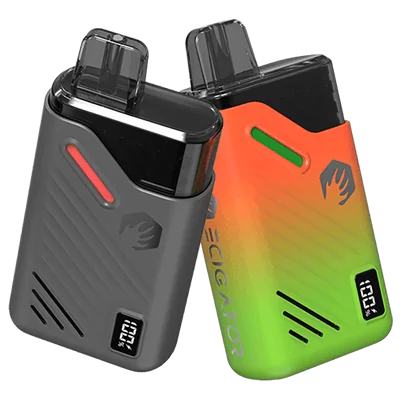
18K Disposable Pod Kit
Disposable Pod Kit – 18ml changeable pod with 650mAh rechargeable battery.
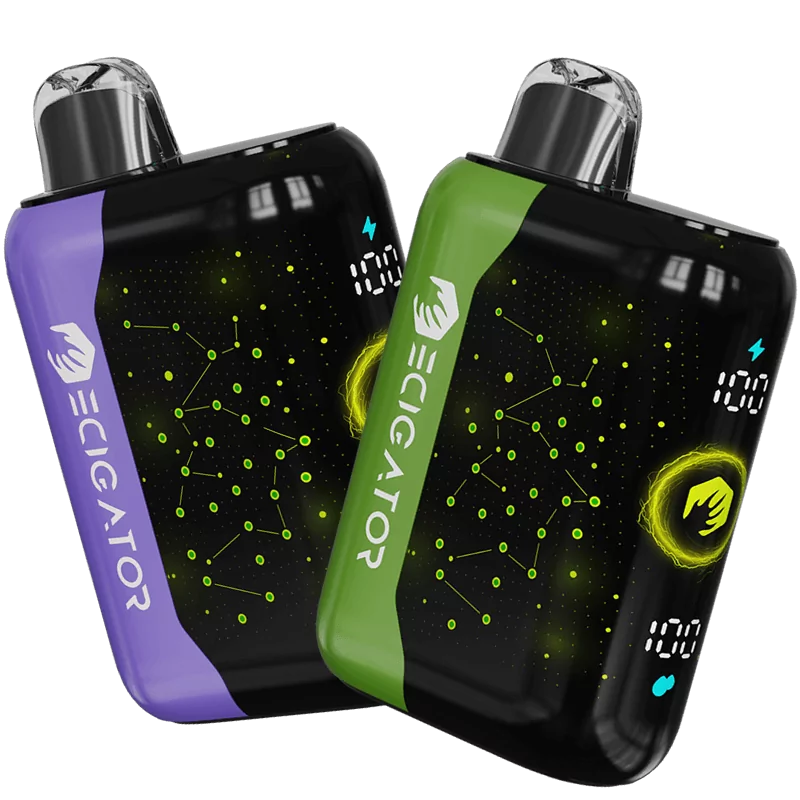
35K with Large Screen
35000 Puffs Disposable Vape with 3D galaxy screen. Eco and Pulse working modes.
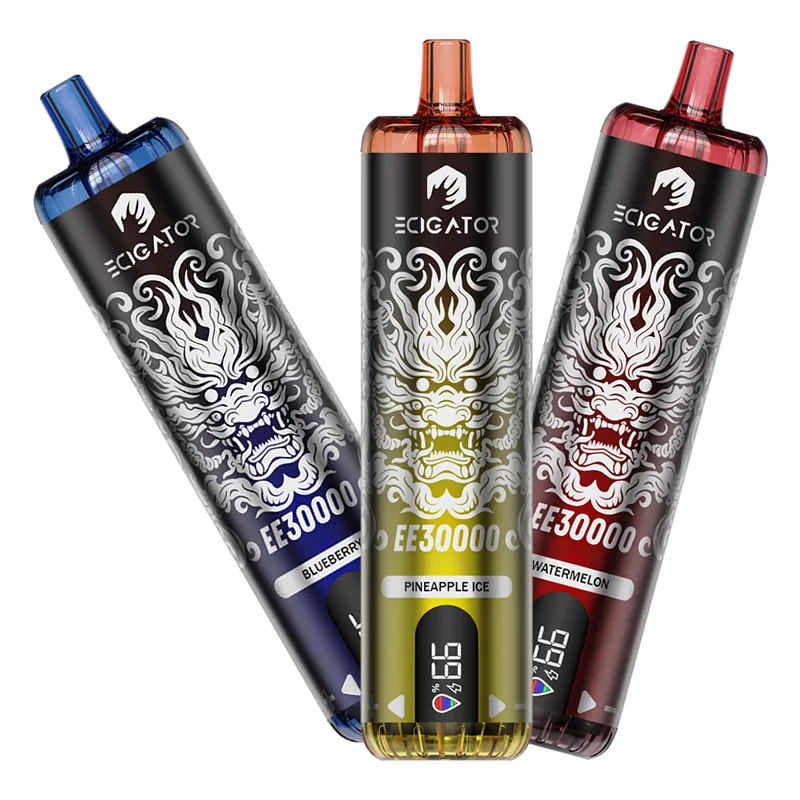
30K DTL Disposable
30K Puffs DTL(Directly to Lung) disposable vape with airflow control and screen.
Conclusion: Prioritizing Your Cat’s Safety
While vaping is generally considered far less hazardous than smoking for the user, it’s clear that it’s not entirely risk-free for the cats sharing our homes. The potential for severe nicotine poisoning from ingested e-liquid is the most critical danger, demanding meticulous attention to safe storage and handling. Risks from secondhand aerosol inhalation and thirdhand residue ingestion, while perhaps less acute, are still valid concerns warranting preventative measures like good ventilation and regular cleaning.
Being a responsible vaper and a loving cat owner means taking proactive steps to minimize your pet’s exposure. By implementing simple safety precautions, you can continue to enjoy vaping while significantly reducing the potential risks to your feline companion’s health and well-being.
- Is It Illegal to Vape or Smoke While Driving in Minnesota? - August 15, 2025
- American Airlines Vaping Passenger Alleges Assault in Police Report - August 15, 2025
- NEXA PIX 35K Disposable Vape with Crystal Tank Review - August 15, 2025

